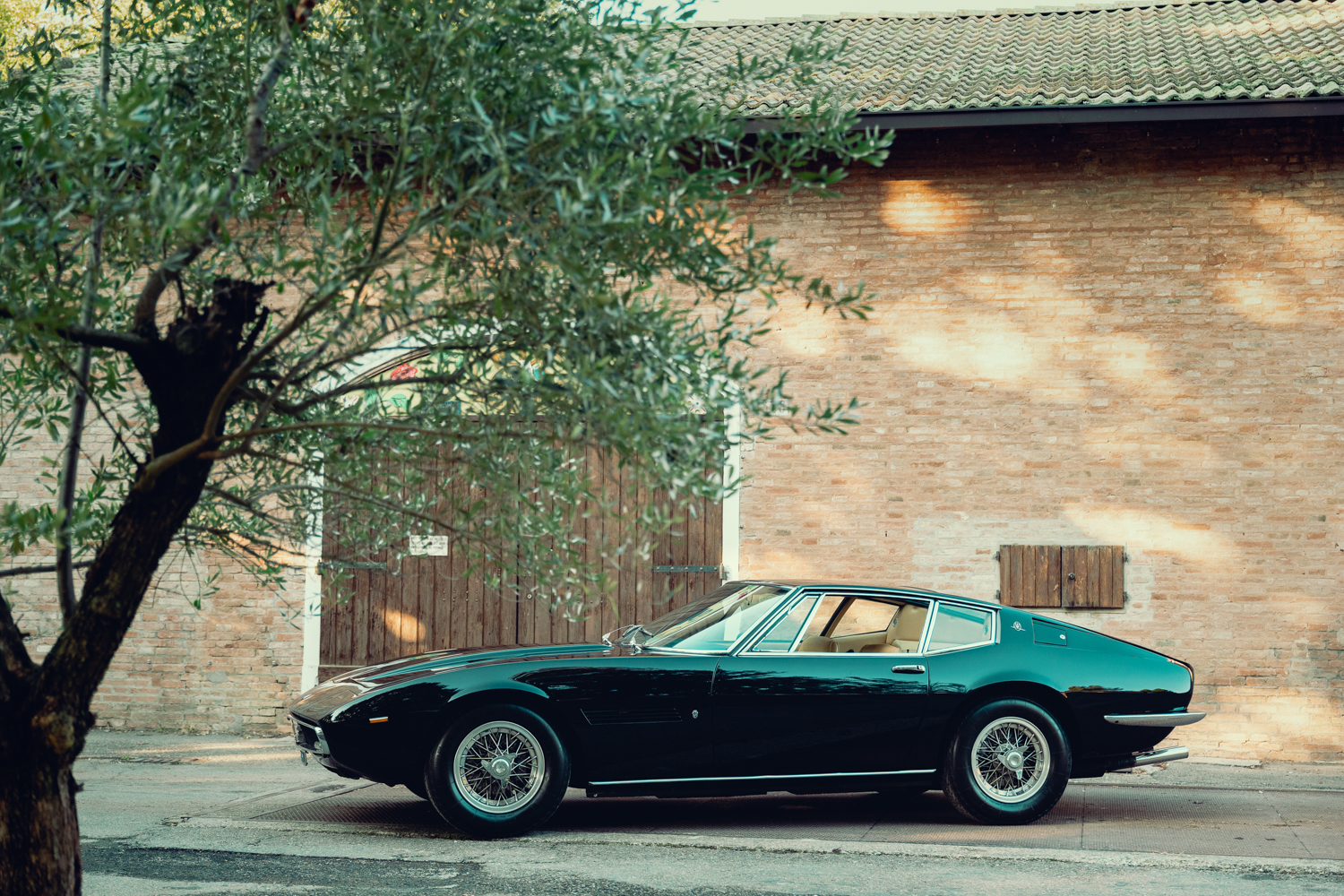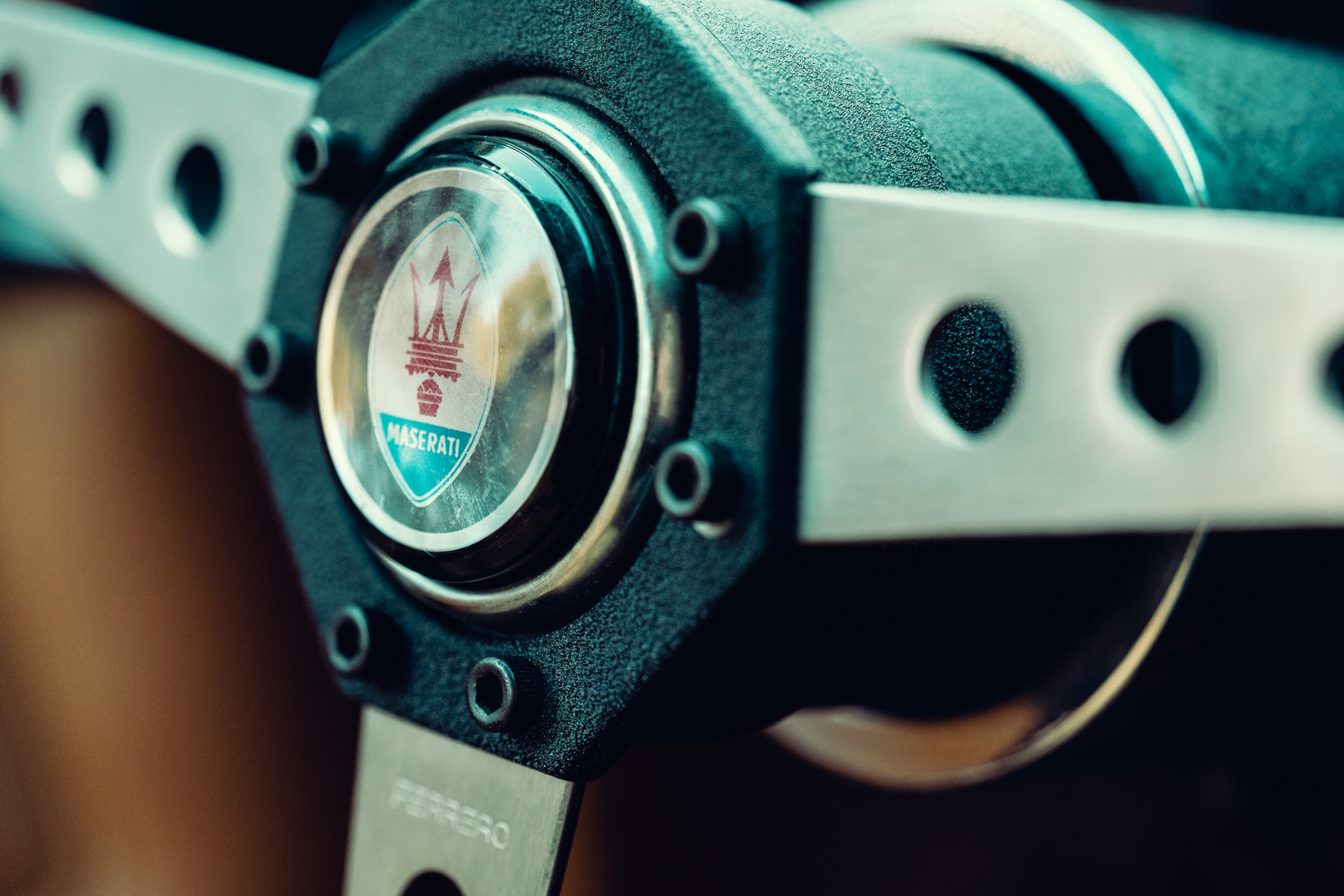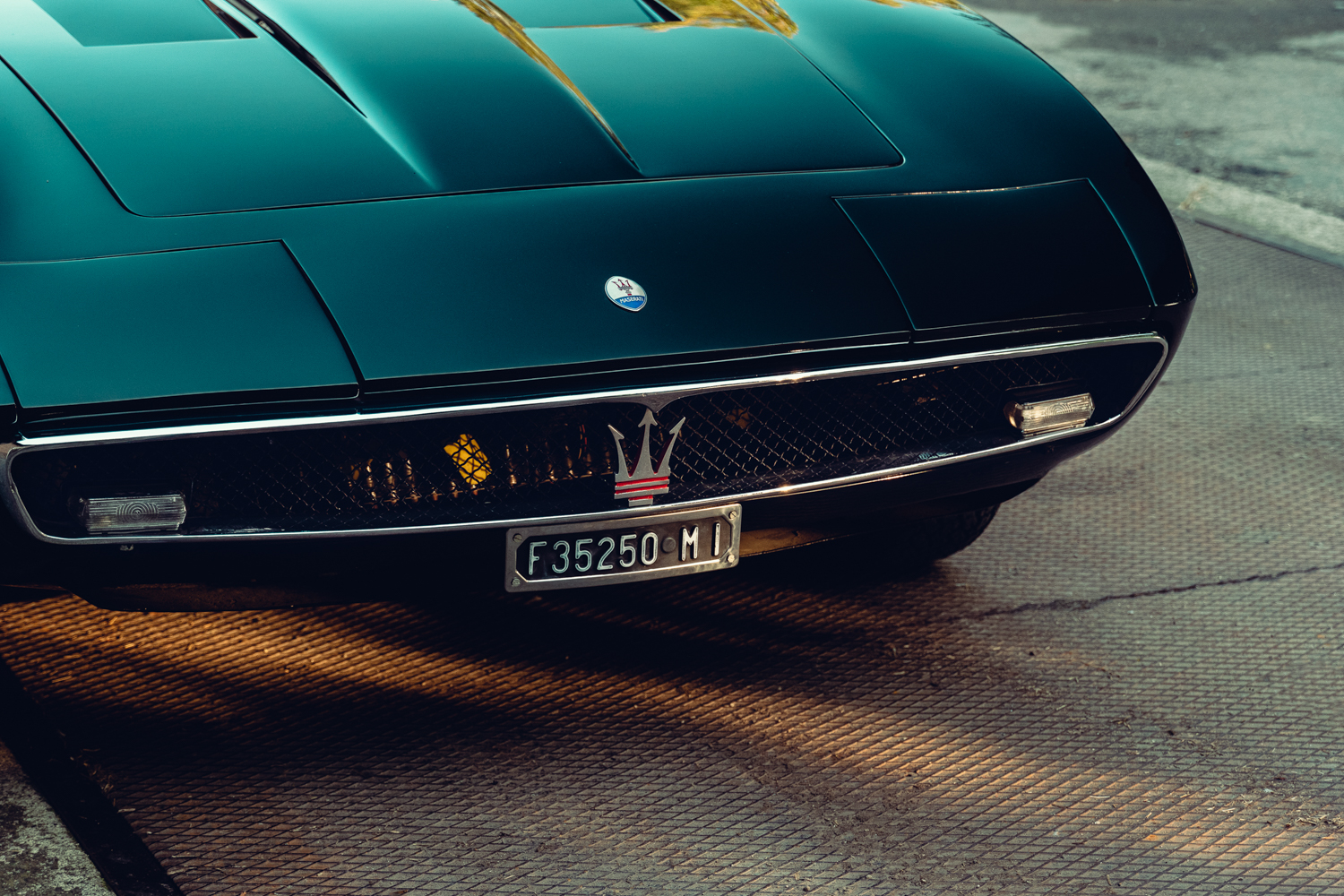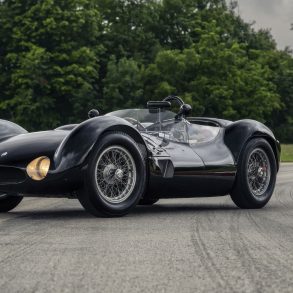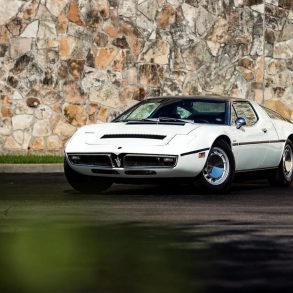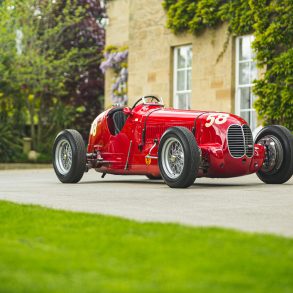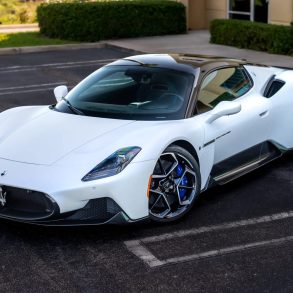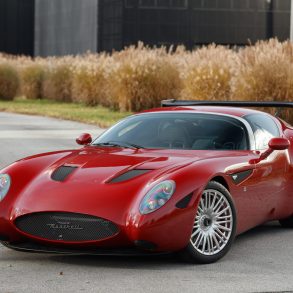Maserati is celebrating the 55th anniversary of the Ghibli. On November 3, 1966, the Maserati Ghibli made its debut on the world stage, on the Ghia stand at the Turin Motor Show. A new interpretation of the concept of a gran turismo car, the two-seater coupé was designed by Giorgetto Giugiaro.
The Ghibli is a powerful, warm wind in North Africa that carries with it a great deal of sand; Maserati’s decision to use this name was no coincidence, given the car’s speed and the ‘heat’ of its technical and stylistic specifications.
In its presentation of the Ghibli, Maserati debuted a car with a sporty yet not ostentatious impression: the engine was newly designed, based on the knowledge from the well-developed 8-cylinder used in the Mexico. It was capable of delivering an output of 330 hp in the 4,700-cc version, and was followed by an even more powerful 4,900-cc version.
To leave more room for style by lowering the height of the hood, the engine was equipped with a dry sump—as used in racing cars—and was mounted on a tubular chassis, in a very low position. This solution gave the car its assertive and slender appearance, one of the cornerstones of its success.
The design was entrusted to Ghia, which then had Giorgetto Giugiaro on its creative design team. The most significant design cue – the marker of a decisive change from the Ghibli’s predecessors – was the integration of the volumes: there was no distinction between the car’s body and the passenger compartment; they were neither separate nor overlapping, rather they were joined together as a single surface. While the lines were geometric and taut, Giugiaro’s hand ensured that the sense of stiffness could be smoothed out.
The most obvious new stylistic feature was the front, decidedly original for Maserati: the headlights were retractable and the very slim grille occupied the car’s entire front. The Trident logo remained in the middle, albeit smaller than before.
The side view enhanced the slender line of the Ghibli: a long, low bonnet, a heavily inclined windscreen, perfect proportions with no superfluous decoration. The triangular rear pillar took on its own identity, becoming an iconic component later taken up in other successful models from the Trident brand.
The changes from the past could also be seen in the conception of the two-seater interior, where the instruments were built into an overall design that prevailed over the individual components.
The result was a gran turismo car that remained true to the exclusive, luxury style, power and comfort – yet with an over-arching theme of racing – for which Maserati cars have always stood out.
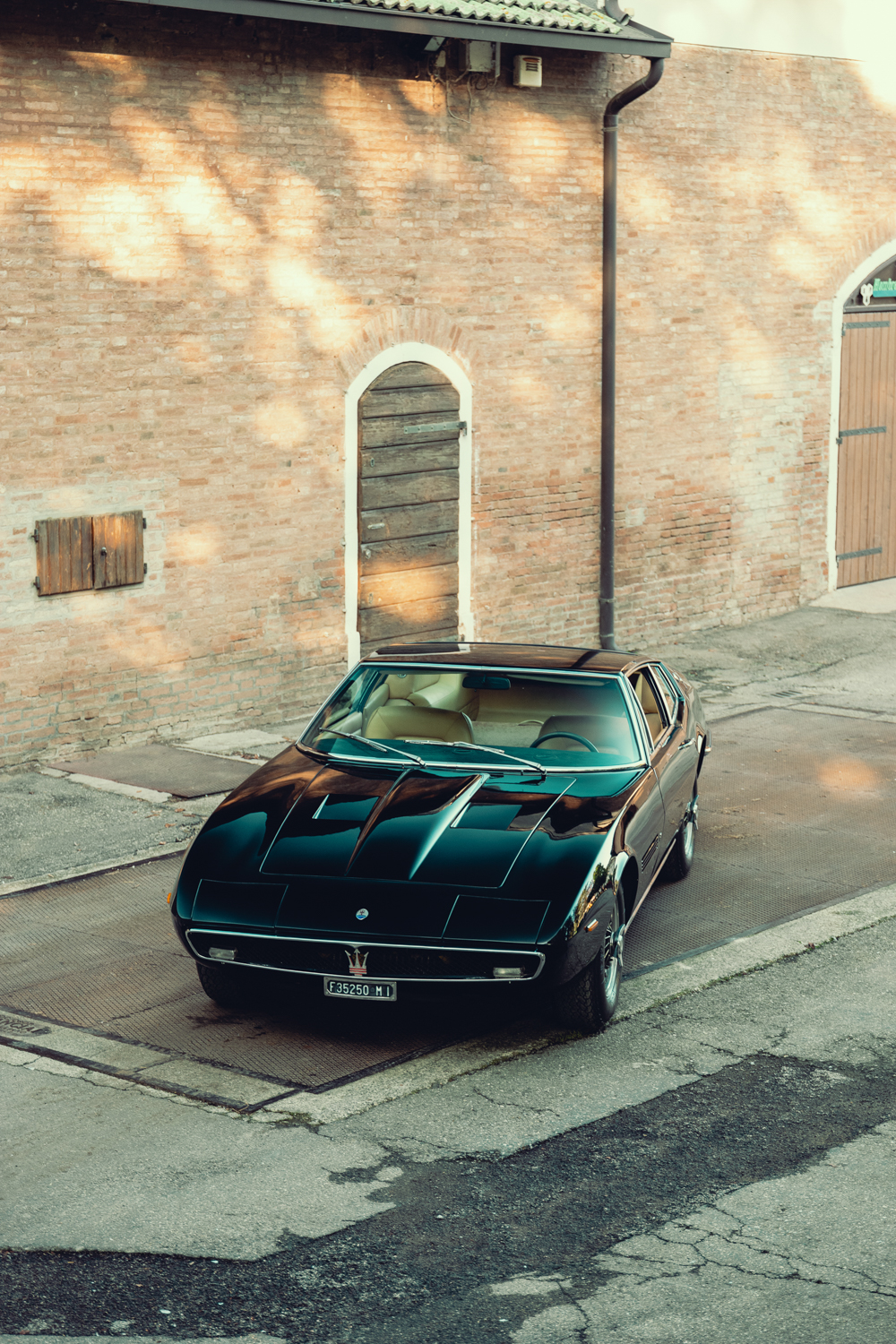
In all, between 1967 and 1972, 128 Ghibli Spider and over 1,200 Ghibli coupé models were produced: one was purchased by Henry Ford (the founder’s grandson), who would place it in the lobby of the Ford Product Development Center in Detroit, as an example to follow and a source of inspiration.
An inspiration that has never ceased at the Trident brand: the Ghibli has always been considered an iconic car. In 2013, Maserati decided to unveil a new model, bringing back the Ghibli name for a new sports saloon and thus starting a new chapter in the Ghibli story.




